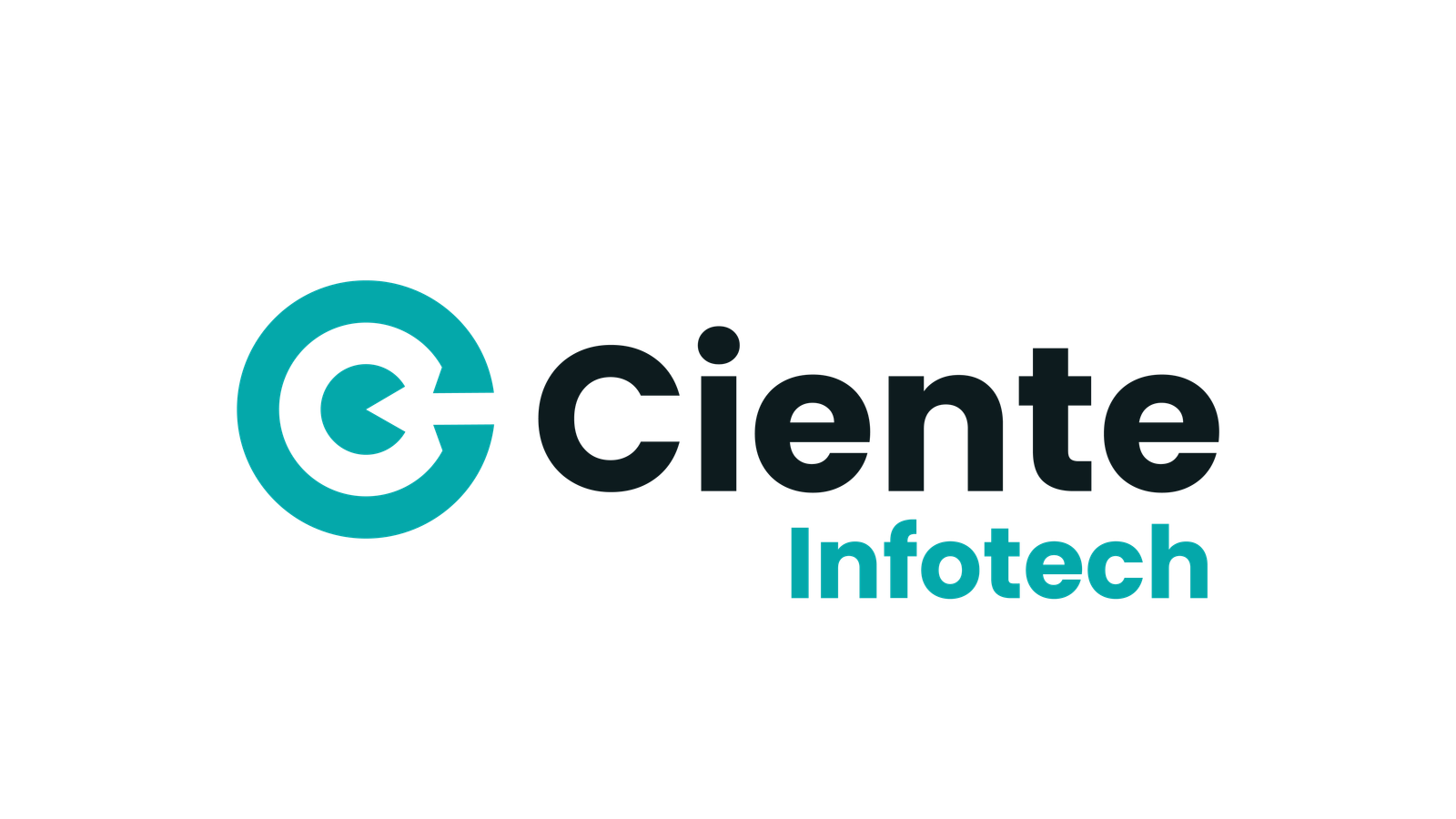Within the last 48 hours, ChatGPT has taken the AI image industry by storm. Now, its capabilities transcend creative capabilities once deemed impossible.
In his recent X post, Salt Altman delivered exciting news for ChatGPT users. The platform will be able to produce more realistic-looking, beautiful, yet practical images starting now.
The new update is addressed as 4o image generation. Now, users will have the ability to develop images in several different formats:
- Studio Ghibli-style memes
- Graphic designs
- Descriptive visual explanations
- Diagrams
- Ad creatives and marketing assets
- Voxel art
- AI memes
- Anime and comics
- Print ads
- Websites and apps UI
- Illustrations
- And extracting images from thumbnails.
We have all witnessed AI models’ capabilities in churning out prompt-specific images. Due to the visual quality, it was quite easy to differentiate between AI and non-AI images. But the recent updates are taking it a step further.
Previously, the platform had different models for text and image generation. However, recent models are ramping up their capabilities, amalgamating the two functionalities.
“It’s an incredible technology/product. I remember seeing some of the first images come out of this model and having difficulty believing they were made by an AI. We think people will love it, and we are excited to see the resulting creativity,” says Salt Altman, OpenAI’s CEO.
Available for every ChatGPT user from Pro and Plus to Team and Free versions, the image-generation capabilities of the platform could generate higher-quality images. It entails faster image development with enhanced contextual understanding for better accuracy and relevance.
While this has shaken the AI image landscape, there’s a looming question: what about graphic designers?
Of course, AI is convenient and reduces manual labor, but designing has always been a creative endeavor. Tech is stealing much from the process – the human value and the emotional insights.
If a machine can produce creative content with alarming accuracy, is there a limitation in our understanding of what creativity actually is? Or is tech breaking down barriers unimaginable by the entire human race?



